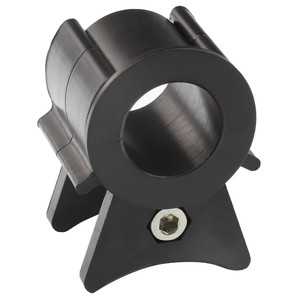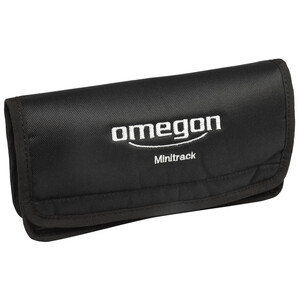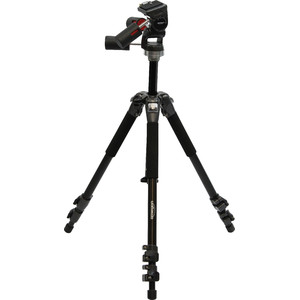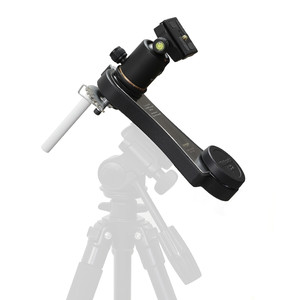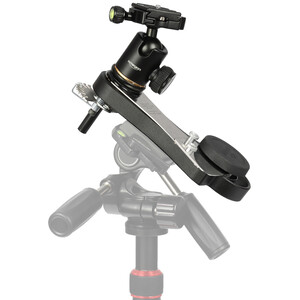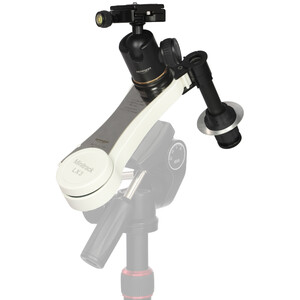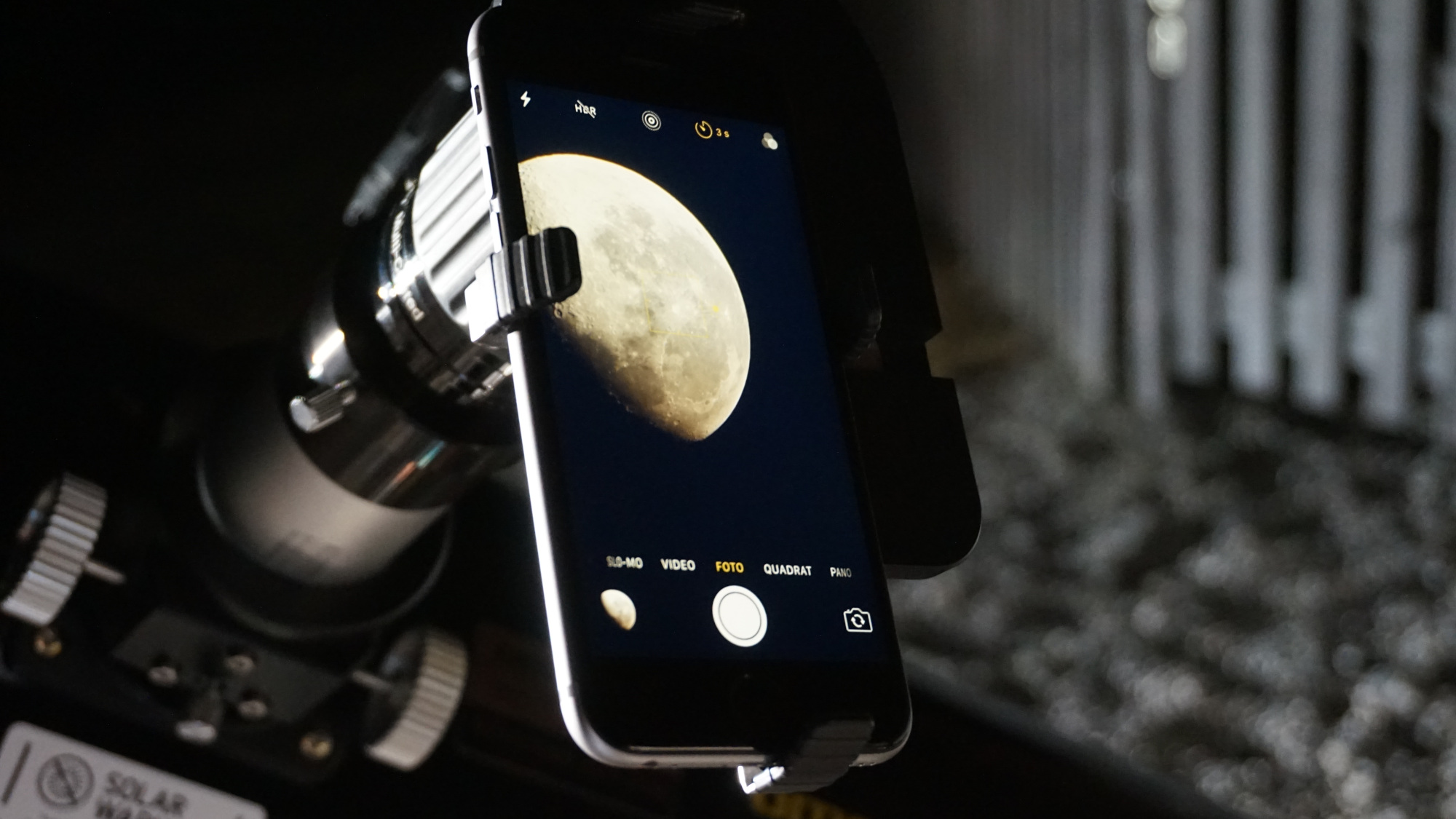Astrophotography with a photographic lens
There are a few things you need to keep in mind for photography with telephoto lenses. But what are they?
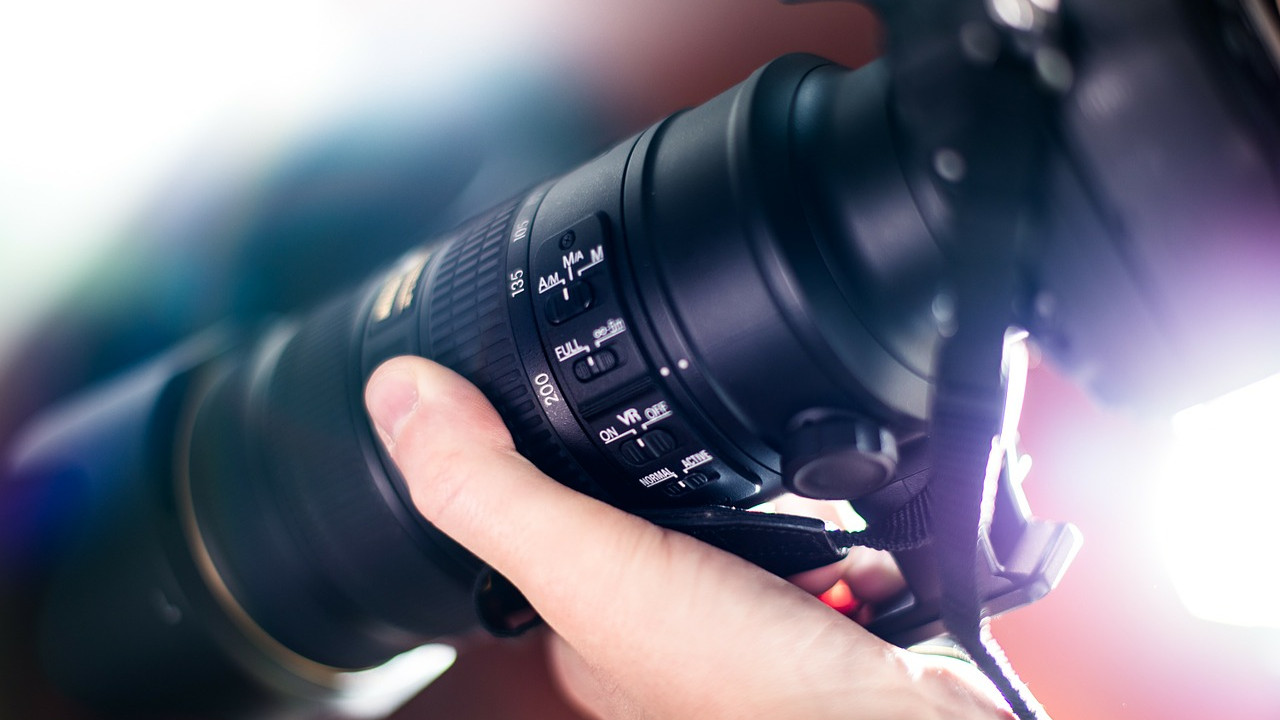
If you want to take more than just short-exposure photographs of bright objects, you need tracking. A wide range of optics and focal lengths are very useful here.
If you don’t want to limit yourself to aesthetic shots and star trails, it is possible to create tracked images of star fields with relatively simple equipment. This is possible with either a compact camera or a single-lens reflex camera.
Tracking is essential
Instead of a fixed tripod, you will need a telescope with an equatorial mount. As a star moves by ¼ degree per minute due to the Earth’s rotation, you will need to track the star. This is best done with a motor on the equatorial mount. Turning on the right ascension axis, the motor compensates for the rotation of the Earth. In this way, you precisely track the star. You only need to make occasional minor corrections if you notice that the tracking is not completely accurate.
But if you use a focal length that's not too long, and just a few minutes exposure time, you don't need to make any corrections at all, as long as the mount has been carefully aligned. You can photograph constellations very nicely with a focal length of, for example, 80mm. Try shooting multiple pictures, one after another, with a few minutes’ exposure times. Then you can be certain that the mount is working accurately.
As mentioned previously, you will also need the following:
- White balance set to daylight
- Switch off the automatic mode and the autofocus
- Use a remote shutter release
- Use the lowest possible compression e.g. RAW or TIFF
- Mirror lock - if available
- In-camera noise reduction
If you have taken multiple images, you can stack them later on your computer. This further reduces noise and intensifies the objects in the image. You can stack images using Giotto or Photoshop programs. Giotto is free, and you can find it on the internet to download.
How do you go about attaching a camera to a telescope?
There are two different ways to attach a camera to a telescope:
- On the telescope tube
- On the counterweight bar
There are certain adapters that you will need for both methods, these are widely available. For example, in the case of a Newtonian telescope or a refractor, it makes sense to attach a wide prism rail with a photographic thread to the ends of both tube clamps. Then the camera can be securely fastened with a standard photo screw. For the counterweight bar method, you can buy camera mounts that clamp to the bar. The mount has a photo screw, and it is easy to attach the camera.
If the telescope mount together with its optics is already close to its load limit, then this method should be preferred to mounting the camera directly on the tube. In our experience, this results in more stable tracking.
